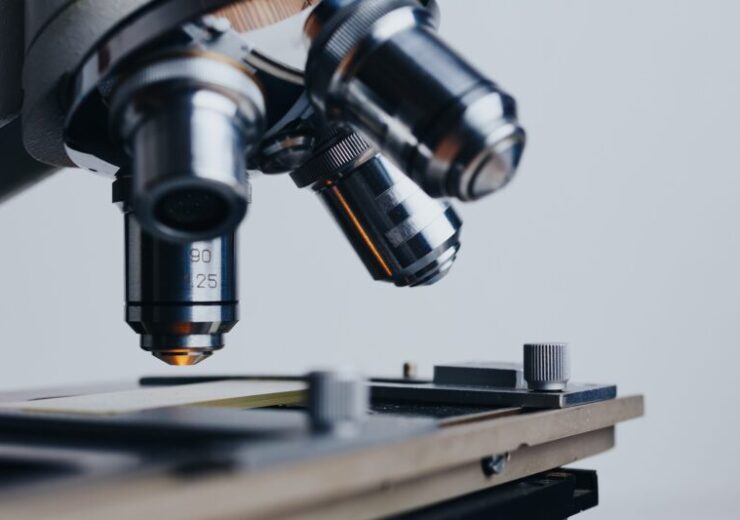The microbiome mapping technology provider has acquired the assets to scale the discovery, development, and production of microbiome-based therapies

Kanvas Biosciences has acquired Federation Bio’s multiple assets. (Credit: Konstantin Kolosov from Pixabay)
Kanvas Biosciences has purchased two active therapeutics programmes, a microbial library, and intellectual property from US-based live biotherapeutics products (LBPs) maker Federation Bio.
The microbiome mapping technology provider has acquired the assets to scale the discovery, development, and production of microbiome-based therapies.
With the acquisition, Kanvas Biosciences which has developed a spatial biology platform becomes a full-stack therapeutics firm. The company has ongoing clinical programmes and a new cell banking facility located in South San Francisco, US.
As part of the deal, the company will advance two core initiatives including an immuno-oncology programme in partnership with The University of Texas MD Anderson Cancer Center and the institution’s Platform for Innovative Microbiome and Translational Research (PRIME-TR).
Under the collaboration, Kanvas Biosciences will design and manufacture a complex, synthetic microbiome-based therapy. It will be made from fecal microbiota transplant (FMT) strains to allow more cancer patients to benefit from immunotherapy.
With early pre-clinical data revealing promising results, the microbiome mapping technology provider and MD Anderson will soon begin drug manufacturing.
Kanvas Biosciences is also working to make therapies for diseases related to the microbiome, including inflammatory bowel disease.
Kanvas Biosciences co-founder and CEO Matthew Cheng said: “This acquisition allows us to manufacture and clinically investigate complex microbial consortia much faster than previously envisioned.
“Rather than devote years to building a manufacturing process from the ground up, we’re thrilled to be able to positively impact patients’ lives much faster by acquiring these key technologies.”
According to the company, its therapies can work with current treatments in a safe and effective manner to enhance outcomes for microbiome-addressable diseases by detecting and developing superior microbial therapies with distinct mechanisms of action.
Furthermore, the company’s highly multiplexed spatial imaging technology offers a Google Maps-like interface for seeing the native microbiome.
It allows pharmaceutical, biotechnology, and healthcare firms to gain a deeper understanding of microbiome-host interactions, the US-based therapeutics company said.
Additionally, the technology offers a detailed view of the areas where an LBP engrafts and the metabolic services it offers.
